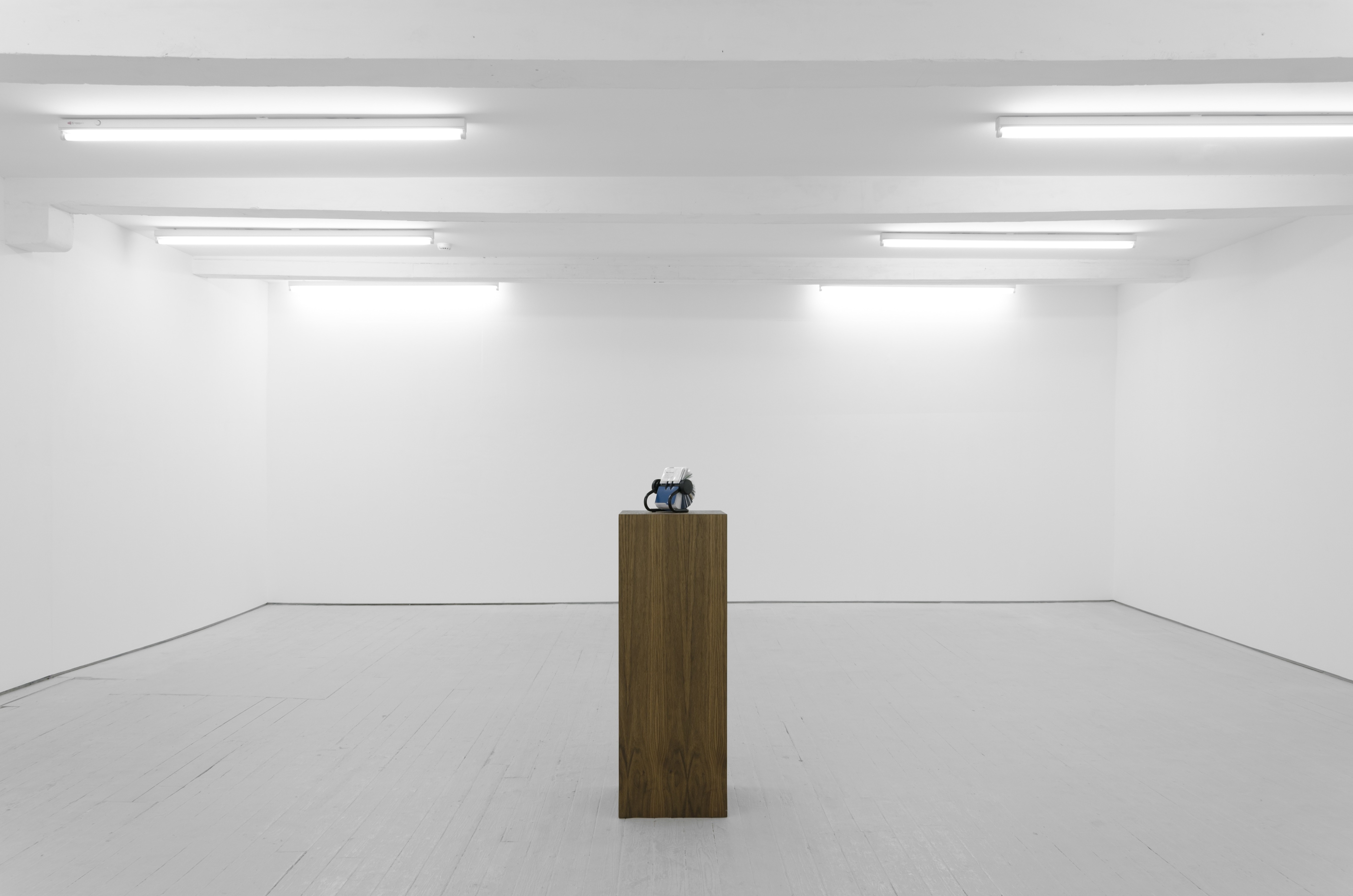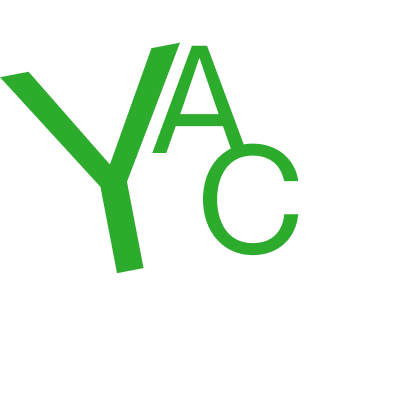Perce Jerrom
Interview by David McLeavy
Published July 2015
-
Perce Jerrom's work aims to interrogate complex systems and networks that exist both online and in reality. His interest in algorithms and new technologies are some of the aspects that fuel his current practice.
-
Your work is very difficult to pin down, why do you think this is and do you feel this works in your favour or in fact works against you as an artist?
I can see that people might have this perception of my work when viewing individual pieces. Although I like to think that when viewing my practise as a whole, you are able to discern particular motifs and formal qualities that run throughout the works despite them being seeming quite disparate. This difficulty you speak of is also partly on purpose, as I am a strong believer in a certain level ambiguity in any kind of creative endeavour as it creates intrigue and a sustained interest beyond an initial response. I also see that an artwork is successful when it operates in a particular fashion, whereby there is some kind of shared understanding but simultaneously an individual viewer can try and discern their own personal meaning from it. Although I believe it’s a fine line between divulging too much information, and leaving your viewer in a position whereby they are repelled by its obscure nature. In terms of my work being difficult to pin down and whether it works in favour of me as an artist, I guess it allows me a certain level of freedom not awarded to individuals restricting themselves to one medium or conceptual logic. In terms of it working against me, it means I don’t often have a strong brand or aesthetic repeated throughout my practise, but this is a viewing of art as a commodifiable material, which thankfully isn’t my sole interest in making work.

Parliament, laser cut Valchromat skeleton, 120cm x 244cm x 1.6cm, 2015
To move on from that question, what are the interests within your work, or to rephrase the question, what are the things that interest you at the moment which you are working with?
My practise has and continues to focus on modern technologies, user-generated websites, search engines and their algorithms. I attempt to integrate elements from both high and popular culture, combining the humour and baseness of low culture but also referencing contexts and theories devised by various Art movements throughout history. For instance the way in which written language was utilised by the early conceptualists in referring to psychoanalysis and the philosophy of language, which I allude to with my google projects thegoogleimagedictionary.com and thegoogleimageclock.com.
Creative actions partaken by individuals outside of the art world are also a particular fascination to me. Due to technology a seemingly new media folk art has arisen, one that has been popularised online and offline. Owing to the mass of users and a level of anonymity the majority of the online landscape is still an unregulated platform. This freedom has led to a level of lawlessness whereby the use of text, images, film and sound for individuals own uses remains mostly unchecked. The employment of appropriative means to generate new material exists as a system of continuous reformations, and as a consequence my works in referring to these practises often deal with issues of personal freedoms and restrictions with copyright laws.

Drowned, dimensions variable, HD video, 2014
Its interesting that you would mention copyright laws and I was wondering if you feel that emerging artists are in somewhat of a rare position of freedom as they are able to re use and a re appropriate found material without the usual copyright infringements, basically due to the fact that it may not be seen by that many people. Is this something you necessarily agree with or something you have thought about?
I would say this is correct, I think less established artists can enjoy the same freedoms as the majority of the online community. It seems that notifications of copyright infringements tend to come into place when money is involved, which is shown throughout the 20th Century in high profile law suits taken up against artists from Andy Warhol to Richard Prince and more recently Christian Marclay. I have personally had a few video pieces taken down off of Youtube, which I presume is down to Google's algorithms searching for recognisable images and sounds. I can see easily foresee a future whereby all content online will go through similar processes, this may result in artists being forced to remove appropriated material on their websites and social media platforms or face fines.

Doppelgängers, steel ERW tube, magnets, digital print on acetate, 89cm x 62cm x 4cm, 2015
The subject matter of your work is quite dense and complex in parts and I want to know how much dos writing influence your practice?
In terms of my own writing not a whole lot really, I think like many artists I struggle to express myself verbally and through writing, and my practise acts very much as a visual language in communicating my interests. Despite this I often utilise written language within my practise. This has previously taken the form of presenting technology’s effect on dialects, either through online communications or through search engines algorithmic processes. In terms of reading I'm interested equally in theory and fiction, both current and historical. But I'm probably as inspired by film, music, television and of course the Internet. Again this is shown with my assimilation of both high brow and low brow elements within my practise.
I want to talk a little more about your experience with The School Of The Damned. Could you explain a little more about what attracted you to the project (for want of a better word) and how you feel it affected your practice?
It was a mixture of things, I have always been interested in alternative forms of education, but I was also drawn to the empowering qualities of it being a student led course, it also acted as a form of protest against tuition fees and the state of current Masters in Fine Art, but it was also a purely pragmatic response to potentially entering a prestigious school for two or more years and leaving in a similar (or maybe worse) position then when I started due to crippling student debt. I began The School Of The Damned five years after graduating from my BA, so I personally found it to be incredibly beneficial to be back in a critically engaged environment again. Its so easy to lap up the painfully polite comments extolled from friends and family in regards to any projects you are working on, the course made me far more rigorous in terms of formal and conceptual decisions I was making within my work. There was a real feeling of optimism as well on the course in that your genuinely benefiting one another within the group, and others beyond in various talks and seminars we attended in galleries and universities around the country. I think the school can only go from strength to strength, I cant keep up with what events and exhibitions the new year are organising they seem truly committed to expanding what our year and the previous year had built. I would thoroughly recommend it to anyone.
Just to touch on what you mentioned about ‘painfully polite comments’ that people may say to you about the work you are making. I am interested to know how you feel now you have left SOTD and how you deal with the issue of criticism. Do you have to self critique now that that group environment is no longer available?
I think that I'm lucky through (and since) attending SOTD I have built up a peer group where there is a mutual trust in opinions and advice, I would say as well that the course has put me in the right frame of mind to self critique more readily and successfully. I'm also open to participating in more crit groups in the future, I have taken part in a few London based ones which have been great.

Business As Usual, installation view, Set The Controls For The Heart Of The Sun, Leeds, 2015
You have curated the exhibition Business As Usual, and I wonder if you could take about ideas behind the exhibition and how you approach the act of curating.
I'm hesitant to refer to myself as a curator, not only because I often exhibit my own work within exhibitions I produce, but also I just don't really see myself as one. I tend to say I organise exhibitions, I feel a lot more comfortable with this terminology because it seems more all encompassing in terms of creating a show from the very inception to the end product. I tend to create quite a strict brief for artists to respond to, I personally find this a much more exciting way of working because it places the artist out of their comfort zone, and it negates the obligatory studio visit and selecting a pre-made work. 'Business As Usual' came about through my interest in the role and significance of artists networking, and that marketing themselves could be potentially viewed as a necessary and almost performatory element of their practises. I wanted the exhibition to question whether success in the Art world is determined via gallerists and collectors or if artists are personally or collectively responsible for moulding their own careers. I see that many creative practitioners frown upon their peers over zealous marketing, there seems to be a common held belief that success commercially equates to some sort of lack of conceptual substance, a sole focus on monetary gain or fame compromises the purity and freedom of an artists practise. Still today the romantic notion of the undiscovered artist survives, this is shown historically through many notable examples living in poverty their whole existences and whose work was only truly recognised after they died, struggle is akin to sincerity it appears. 'Business As Usual' is an ongoing project where the roster of artists grows with each exhibition, the current show at Turf runs until July 30th.
-
Perce Jerrom lives and works in London. Recent exhibitions include Business As Usual, Turf Projects, Croydon & Set The Controls For The Heart Of The Sun, Leeds, So Low, Caustic Coastal, Manchester, People You May Know, Bosse & Baum, London and Club De Golf (exhibition with Debora Delmar Corp), Welcome Screen, London.
-
If you like this why not read our interview with Daniel Sean Kelly
-
© 2013 - 2018 YAC | Young Artists in Conversation ALL RIGHTS RESERVED
